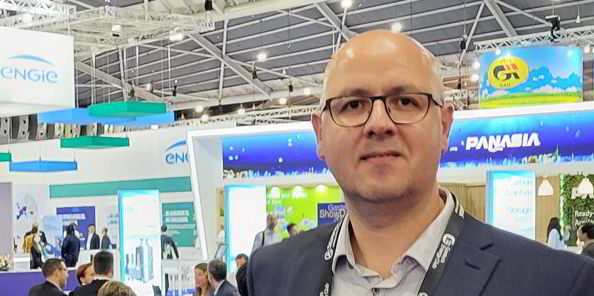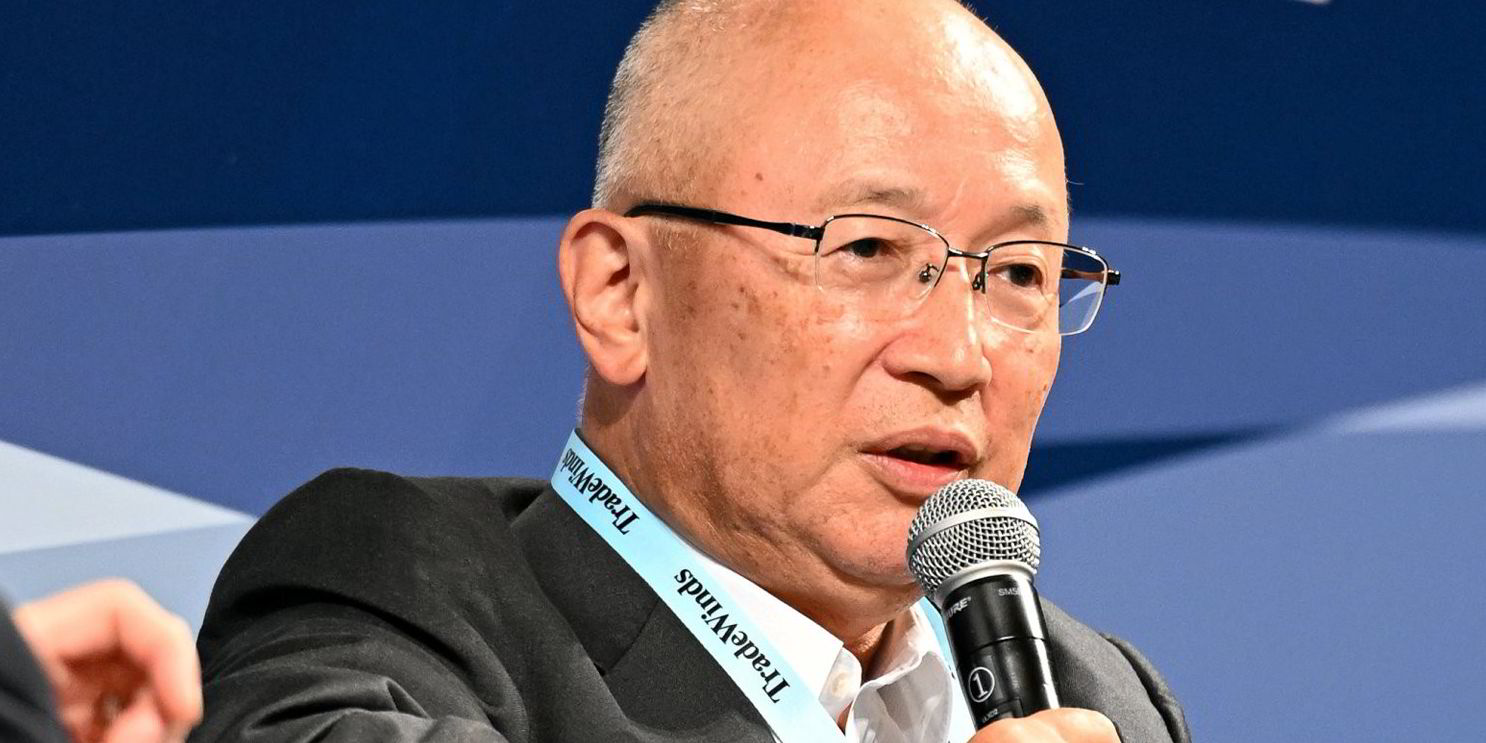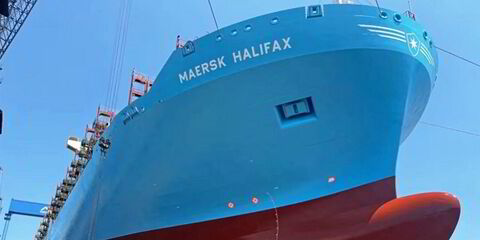Six ice-breaking LNG carriers under construction in South Korea for Novatek’s Arctic LNG 2 project in Russia could end up working as floating storage and regasification units.
On a Vortexa-run webinar entitled “The Future of LNG in Russia”, independent LNG operations specialist Mehdy Touil said it would be difficult to find an alternative buyer for these vessels — three of which were contracted by Mitsui OSK Lines, with Hanwha Ocean taking over ownership of the remaining trio after cancelling Russian owner Sovcomflot’s contracts on them.
Touil, who previously worked on Novatek’s Yamal LNG project, said the ice-breaking vessels are “extremely expensive” and it would be difficult to find another buyer.
“I don’t see those six vessels in particular being employed for the Arctic LNG 2 or any other Arctic Russian project,” he said.
“The only possible and viable way for them is to employ them as FSUs or FSRUs. I don’t see any other option for them.”
In February, the US slapped sanctions on the three Hanwha Ocean-controlled Arc7 LNG newbuildings.
MOL has said its three ice-breaking vessels at the yard are delayed but not sanctioned.
Touil said the main issue delaying the start-up of Arctic LNG 2’s first train is the absence of the project’s 21-ship Arc7 or Yamalmax LNG carrier fleet, which has proved “challenging” to build.
Aside from the six on order at Hanwha Ocean, only five of the 15 ships to be built by Samsung Heavy Industries and Zveda Shipbuilding Complex in Russia have been launched, with the South Korean yard stopping work on the remaining 10.
He said it was unclear whether the five launched in Russia had completed sea and gas trials and would be ready by this summer.
Touil said there has been resistance from shareholders in Russia’s existing liquefaction project Yamal LNG to risk using any of the 15-ship Arc7 fleet that serves this project to ship Arctic LNG 2’s first cargoes.
He also touched on Russia’s two 360,000-cbm floating storage units moored in ice-free locations at the western and eastern ends of the Northern Sea Route.
Touil said the units — both sanctioned by the West — are controlled by Arctic Transshipment, in which TotalEnergies has a 10% stake, and have capacity to handle 20m tonnes per annum of LNG. But he said it is “unlikely” that Novatek will be able to use them for either Yamal or its Arctic LNG 2 project in the near future.
Vortexa head of LNG Felix Booth said looking for the signs of commissioning at the Arctic LNG 2 has been “quite challenging”.
He said Vortexa has used satellite and flaring data provided by its partner Kayrros LNG, which showed the first gravity-based liquefaction module berthed at the project site on the Gydan peninsula, alongside two vacant berths for the next gravity-based structures (GBS).
The data shows that while there was LNG in the project’s storage tank in December, flaring slows from late January.
In his presentation, Touil said the second gravity-based liquefaction unit for the project is now 82% complete at the Belokamenka construction site near Murmansk. Two of the modules for the unit have been built in Russia, he said.
The concrete base has been completed of the third GBS unit, for which 10 of the 14 modules will be built locally.
Touil explained how Novatek had found workarounds to the unavailability of foreign equipment due to sanctions, in particular the lack of gas compressors.
For train 1, this has involved procuring a mobile power plant from China that has been installed onshore. Train 2 has been switched to an all-electric design and Train 3 will probably follow suit.
Booth said Russia has around 115 mtpa of new LNG production from potential new gas projects.
But he said today’s buyers are looking at cost-competitive projects that will give security of supply before making long-term commitments on volumes.
Rystad Energy’s Sydney-based vice president of LNG and head of gas and LNG analytics, Kaushal Ramesh, pointed out the global gas market has calmed since the second half of 2023 amid “tepid demand” from Europe and Asia.
Ramesh said that in this calmer price outlook, buyers would not want to risk buying more Russian LNG, particularly with options available in the US, Middle East and other regions.







